Britain’s nine Majestic class battleships of the 1890s were the largest single class of battleships ever built. As we saw in the previous article, the class introduced a range of key technologies, and the Admiralty wanted them in order to maintain the ‘two power standard’ to which Britain had committed itself in 1889. Their names were a reflection of 1890s Britain, with its neo-classical architecture and sense of Empire: Majestic, Caesar, Mars, Jupiter, Hannibal, Magnificent, Illustrious, Prince George and Victorious.[1] When designed they were larger than any British battleship yet built, faster, and better protected.
But the class very nearly didn’t happen – not in those numbers, and almost not at all. What’s more, the money to pay for them came from death duties – the estates of bereaved families. The story underscores the fact that naval construction always was political, one way or another. In this case the politics were driven by the Liberal government that came to power in 1892 under the long-experienced but ageing Prime Minister William Gladstone. The Naval Defence Act 1889 had already produced seven new first-class ships. That had been a huge burden on the Treasury, and Gladstone felt that British naval superiority was now sufficient. As a result, only a single second-class battleship was authorised in 1892, and although the Admiralty now wanted up to seven of the new Majestic design, Gladstone and his Cabinet simply weren’t prepared to fund them.
The Admiralty nonetheless had good reason for ask for new battleships. The 1889 building programme had spurred foreign responses. New French and Russian programmes were likely to leave the Royal Navy short of their self-imposed ‘two power’ standard. The Director of Naval Construction, William White, thought at least new six battleships were needed over the next two financial years.[2]
Gladstone, however, would not budge. And in a sense there was nothing the Admiralty could do about it. Technically the Admiralty were always going to be subject to political control, directly via the First Lord of the Admiralty who was always a member of Cabinet; but in any event through the fact that only Cabinet could actually authorise funds – and this even after the Commons had already voted the money.
However, by the 1890s the balance of power had changed somewhat. Britain was at the height of its ‘social militarist’ mind-set; naval officers were viewed as rock-stars by the public, and they had gained a voice in the media over the past decade or so. Two rising stars in the navy, Captain John Arbuthnot Fisher and Captain Lord Charles William de la Poer Beresford, second son of the Fourth Marquess of Waterford,[3] were particularly prominent in the media during the 1880s and remained in the lime-light as the debate over the Majestic class erupted.
The new public voice of the officer corps had been instrumental in allowing the Admiralty to whip up public opinion on a number of occasions during the 1880s, and by the 1890s public interest was still high in the building programmes. In mid-1893, Beresford stepped into the fray to agitate for the new battleships. Although a career naval officer, he was also intermittently a parliamentarian, and had been a key figure behind the public agitation for the 1889 Act. Now, although commander of HMS Orlando, he began a vigorous media campaign, backed by his allies in the press, fuelling public concern that Britain, once again, was falling behind.
The upshot was a political fracas in which Gladstone, backed by Sir William Harcourt, the Chancellor of the Exchequer, were confronted by a Board of Admiralty who had public support. Gladstone was not prepared to back down, and in August 1893 the Board offered to resign as a group. Then in November, opposition politician Lord George Hamilton proposed increased naval funding. Gladstone decided to make that a no-confidence issue, which his administration won by 36 votes, meaning there was no chance of an accelerated battleship programme. Nor did Gladstone think it was needed; he rubbished the public ‘panics’ that had characterised naval spending in the 1880s and told Hamilton that nobody need ‘entertain the smallest apprehension’ over British naval superiority.[4] There was, he insisted during parliamentary debate on 19 November, no emergency.[5]
Matters came to a head in December, when the First Lord of the Admiralty, John Spencer, proposed a five-year programme that, at £31 million, was dramatically more expensive than the one authorised by the 1889 Defence Act.[6] It included the astonishing total of nine Majestic class battleships. This was unprecedented. Gladstone dragged the chain, addressing Parliament on 8 January 1894 with a plan for slower naval construction.[7] But he came under increasing pressure over both this and other matters – fuelled by his failed Home Rule Bill, for which he was politically on the back foot. There was talk of his resignation through the first weeks of 1894, which Gladstone refused to consider: instead he went to Biarritz. On 27 February he finally told the Queen he would resign, and announced it to what he called his ‘blubbering Cabinet’ on 1 March.[8] He was 84.[9]
Spencer’s naval scheme and the new battleship programme, it seemed, was finally on its way. However, getting the £31 million to pay for it was another matter. The British Empire was at the height of its prestige in the 1890s, but financially had just come through a difficult decade and there were heavy overall calls on available funds. In the end the Chancellor of the Exchequer adjusted death duties, in large part to pay for the battleships. Meanwhile, other naval work was hived off the main naval estimates, paid for instead by bonds raised by The Treasury as a call on future naval spending.
So Britain ended up with nine battleships of the new type – funded, generally, by further taxing inheritances. It was a progressive scale, and the new 1894 rate for estates over £1,100,000 was set at 8 percent.[10] Again, the amendment to death duties was not wholly due to naval pressure: Britain’s complex death and estate duties had needed revising for some time. But this is what essentially paid for the largest class of battleships yet authorised – and indeed, as events transpired, the Majestics became the largest single class of battleships ever built.
Although rendered second-line by ongoing technological advance and the key design shifts of the early twentieth century, the Majestics continued to serve into the First World War. By this time, with the exception of the last Royal Sovereign – HMS Revenge, resurrected for use as a coast-bombardment vessel – they were Britain’s oldest battleships, but several saw extensive use, particularly in the Dardanelles campaign and on the Suez canal patrol. Jupiter was fitted with a high-angle field gun atop A-turret, among other modifications, for the latter work.[11] Majestic herself was sunk by U-boat off Gallipoli in May 1915.[12]
In early 1915 four Majestics were taken from active service and their main guns removed for use in monitors. The quartet were then converted to troop ships. Meanwhile, Hannibal became a depot ship in Egypt, Mars a depot ship in Britain, and Magnificent an ammunition stores vessel. [13] The sole operational survivor, Caesar, was deployed after the First World War to support the Allied effort in the Russian civil war. However, she was soon taken out of service, and all eight surviving ships were sold for scrap during 1920-22. Prince George sank in transit to Germany to be broken up.
Ironically, their scrapping came when another Prime Minister was taking a stand against a major capital ship programme, the G3-class battlecruisers. But that is another story – click here for the details. And remember to check out my book The Battlecruiser New Zealand: A Gift to Empire, covering the politics and war career of that ship. Click to buy.
Copyright © Matthew Wright 2020
[1] Roger Chesneau and Eugene M. Kolesnik (eds), Conway’s All The World’s Fighting Ships 1860-1905, Conway Maritime Press, London 1979, p. 34.
[2] Norman Friedman, British Battleships of the Victorian Era, Seaforth, Barnsley 2018, p. 250.
[3] https://www.britannica.com/biography/Charles-William-de-la-Poer-Beresford-1st-Baron-Beresford, accessed 6 July 2020.
[4] Michael Partridge, Gladstone, Routledge, London, 2003, p. 231.
[5] Richard Shannon, Gladstone , Vol. II, 1865-1898, University of North Carolina Press, Chapel Hill, 1999, p. 552.
[6] See, e.g. Partridge pp. 230-231.
[7] Ibid, p. 231.
[8] Ibid, p. 233.
[9] Shannon, pp. 557-559.
[10] Henry Phelps Brown, Egalitarianism and the Generation of Inequality, Clarendon Press, Oxford 1988, p. 379.
[11] Burt, p. 161.
[12] Burt, p. 162.
[13] Burt, p. 161.

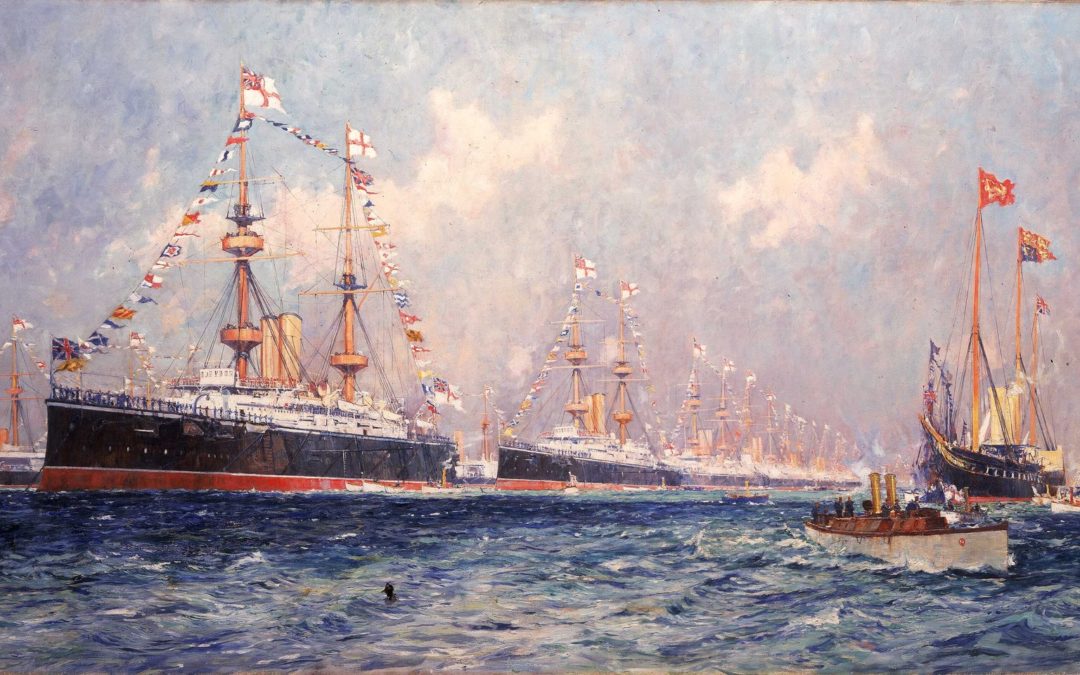
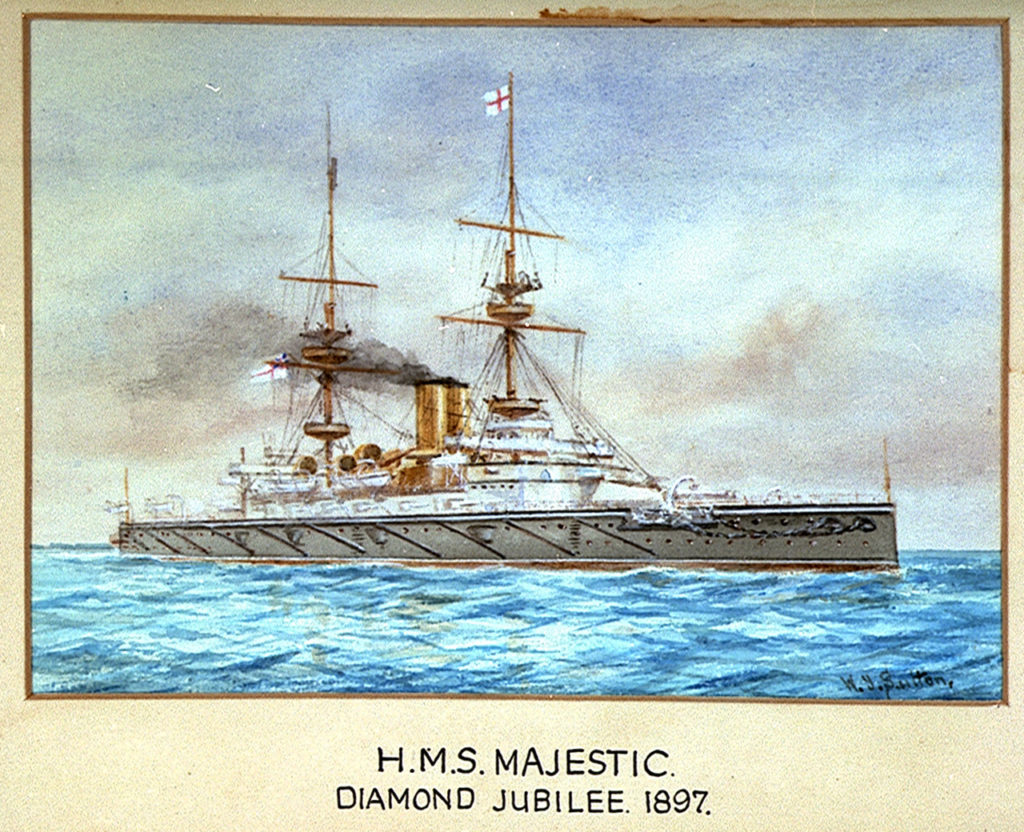
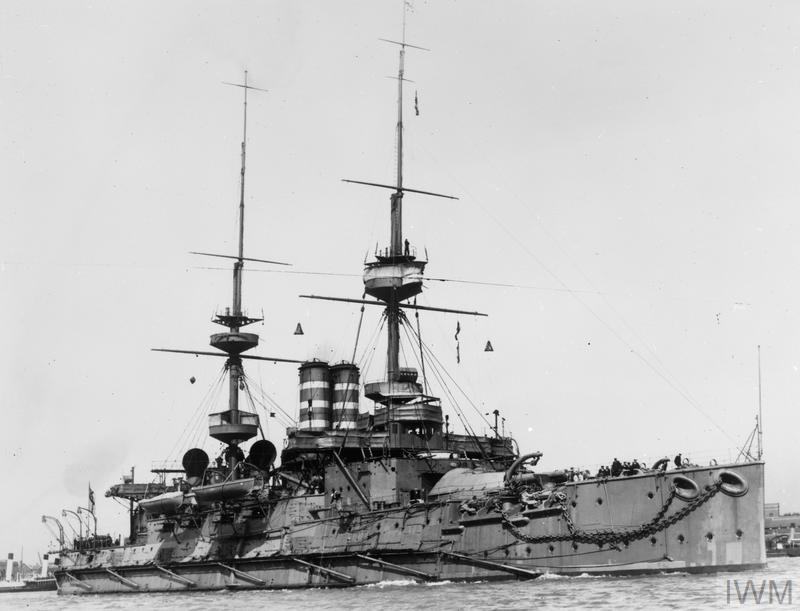
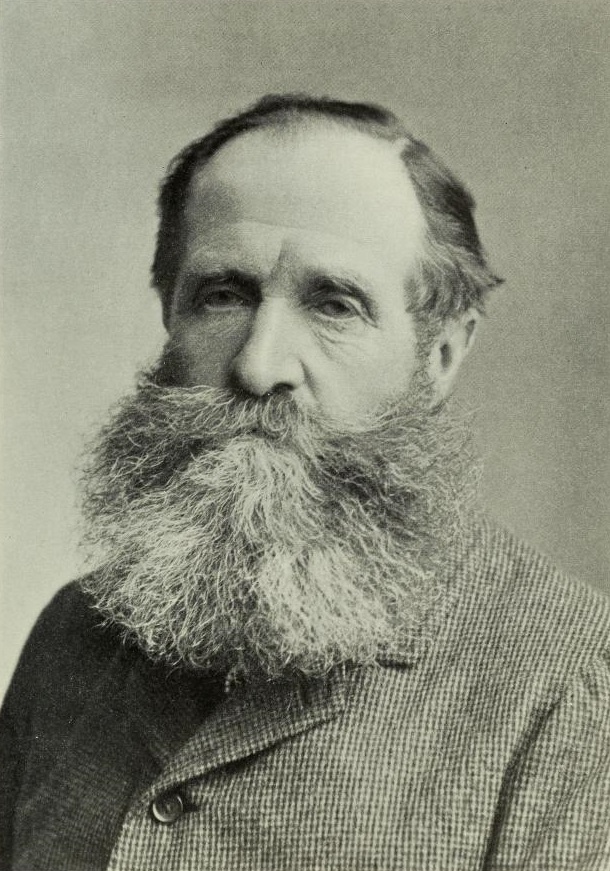
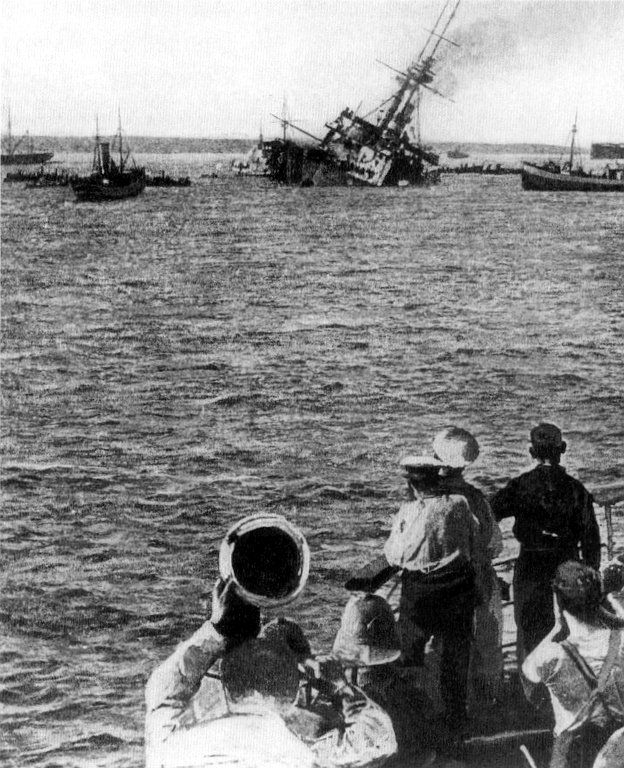

Recent Comments